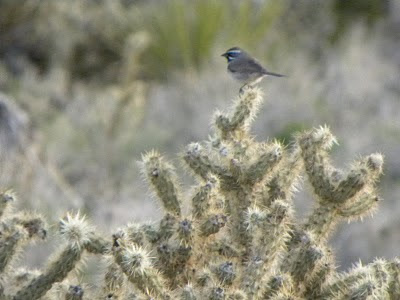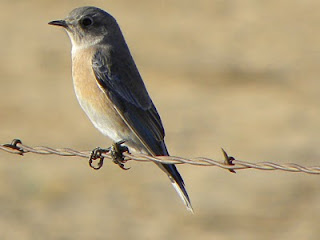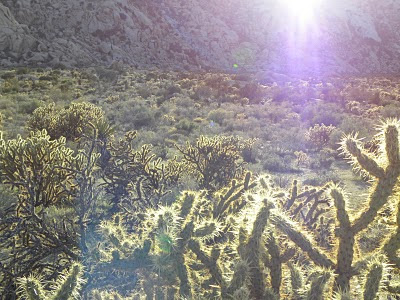Renewable Energy Action Team Fund Established
An inter-agency forum known as the Renewable Energy Action Team (REAT) seeking to streamline the renewable energy permitting process in California has succeeded in establishing a fund to centralize conservation funds that offset the impact of energy development. The REAT is composed of the Bureau of Land Management (BLM), Fish and Wildlife Service (FWS), California Department of Fish and Game (DFG), and the California Energy Commission (CEC), as I noted in a previous post on the topic. Among the policy tools REAT hopes to implement is the Desert Renewable Energy Conservation Plan, which would provide a framework for implementing regionally coordinated land acquisition and mitigation to off-set the negative affects of the renewable energy rush on desert biological resources. The DRECP is not expect to be completed until 2012, however. One of the REAT's policy goals was to establish a central fund to which renewable energy developers would pay their required mitig...









